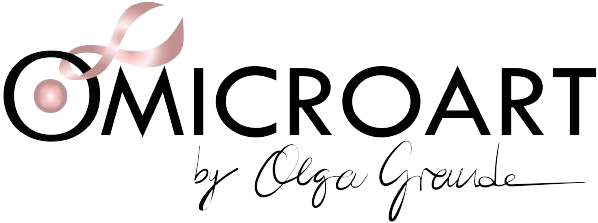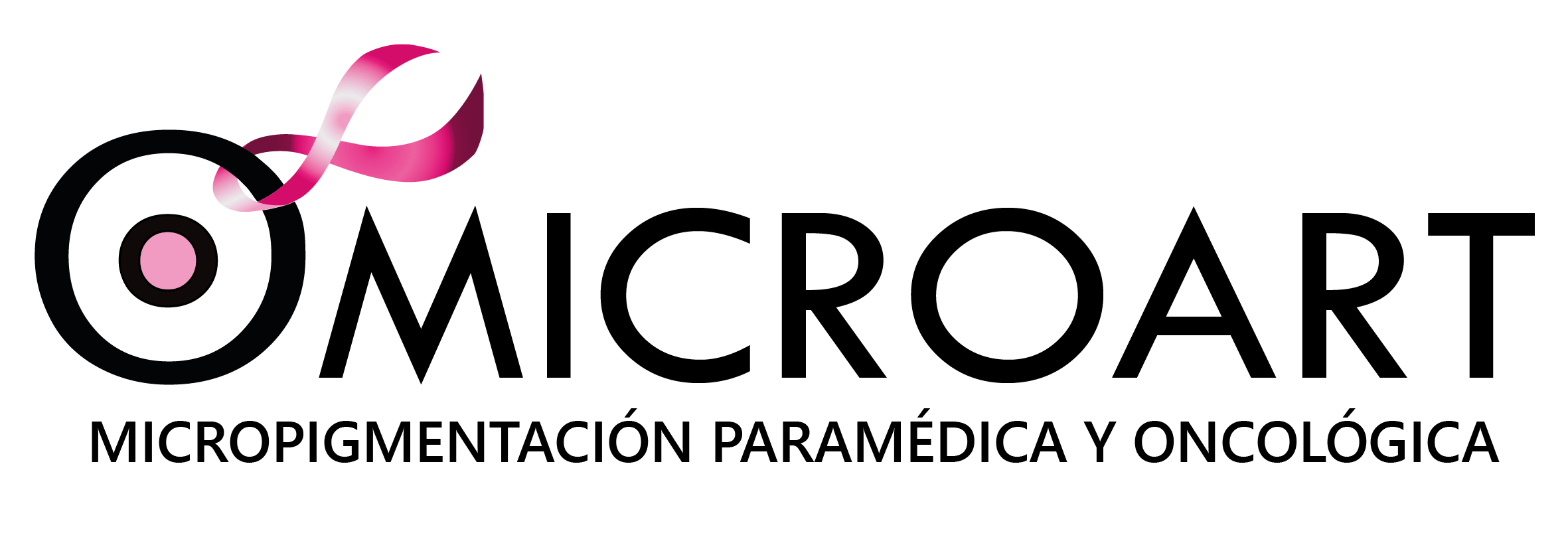
Before undergoing a micropigmentation treatment, what is recommended?
To guarantee the best results it is very important to follow the recommendations below and avoid unnecessary risks.
The days before the treatment it is advisable to:
- Exfoliate and moisturise the area to be treated.
- Do not sunbathe or do any UVA treatment.
- Do not have any type of facial treatment.
In case of lip treatment and if you have ever had Herpes Zoster, it is advisable to prevent a flare-up by taking a pharmacological or homeopathic treatment with an antiviral in tablets 3-4 days before and after the treatment.
Pharmacological:
- Acyclovir 200 mg (1 tablet, 5 times per day)
- Brivudine 125 mg (1 tablet, 1 time a day)
Homeopathic: Arnica Montana 9CH (5 granules, 3 times a day).
It is tough, but necessary if you don’t want to get those annoying and painful shingles again.
The same day of treatment is advisable:
- Do not fast.
- Avoid coinciding with a woman’s menstruation period. Some women are more sensitive to pain.
- Avoid consuming stimulating drinks: tea, coffee, soft drinks with caffeine or theine.
- Avoid eating seafood and spicy foods on the day of treatment. It may cause stinging in the treated area.
- Due to the likelihood of increased bleeding, it is advisable to avoid the use of drugs or vasodilator substances such as anticoagulants and antiplatelet agents, acetylsalicylic acid, etc. on the day of treatment.
What contraindications are there when carrying out micropigmentation treatments?
The temporary ones and that in order to be able to carry out the treatment you will have to wait until they are completely healed or have passed the contraindicated period:
- Herpes simplex or zoster
- Conjunctivitis
- Immunological weakness
- Pregnancy
- Aesthetic medical infiltrations
- Cosmetic surgery
- Chemotherapy or radiotherapy
- Local infection
- Unstabilised scars
- Skin conditions in the area of application: local dermatitis, haematoma, sunburn, skin ulcers and bacterial, fungal or viral infections.
Total, which means that it will not be possible to carry out the treatment:
- Allergic reactions to pigments.
- Skin conditions in the area: freckles and moles, keloids, lumpy angiomas, warts, melanomas, impetigo, psoriasis, urticaria, chloasma, new or nevus and skin cancer.
And those requiring medical clearance:
- Diabetes
- Haemophilia
- Heart disease
- HIV
- Skin disorders or undiagnosed skin lesions in the area of application.
- Other chronic pathologies.
What are the risks when carrying out a micropigmentation treatment?
- Blood-borne diseases due to accidental contagion through the use of the needles of the instruments with which the treatment is carried out.
- Local bacterial, viral or fungal infections.
- Allergies and other granulomatous or sarcoid reactions that the patient is unaware of. They are caused by pigment components such as chromium, nickel, cadmium, iron oxide, cobalt salts, mercury, titanium oxide, zinc oxide, etc.
- Allergies to latex, gloves, applicator or anaesthetics.
- Reactivation of herpes simplex or herpes zoster in lip treatments.
- Poor healing or hypertrophic or keloid scars.
What is recommended after a micropigmentation treatment?
- Wash your hands before touching the affected area. Keep the area clean and moisturised with specific highly regenerating and healing creams that we will provide you with at the consultation.
- Keep the area dry, avoid direct exposure to water, saunas, swimming pools and beaches. If it gets wet, do not rub and dry with small strokes so as not to drag the scab.
- Do not scratch, rub or remove the scab.
- Avoid using creams and cosmetics that are not specific for healing on the treated area. Do not apply moisturising creams, make-up, cleansing milks or any other type until 7-10 days have passed.
- Avoid eating seafood or spicy foods. They can cause stinging and itching in the treated area.
- Apply dry cold for 5 minutes in case of inflammation and pain.
- Avoid prolonged exposure to the sun and UVA rays until the treated area is completely healed.
- Use sunscreen that does not contain zinc.
- Avoid contact with Glycolic acid and Retinol in the area. They will accelerate the depigmentation of the treatment.
- Avoid contact with depilatory lasers.
Request a consultation without any commitment if you need more information or advice about our micropigmentation treatments and camouflage your scars.





